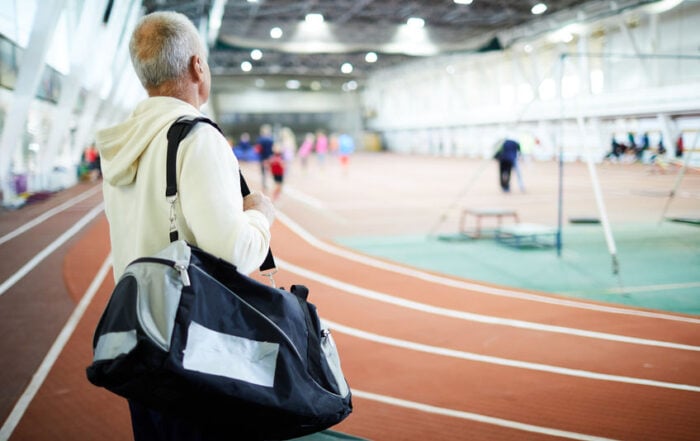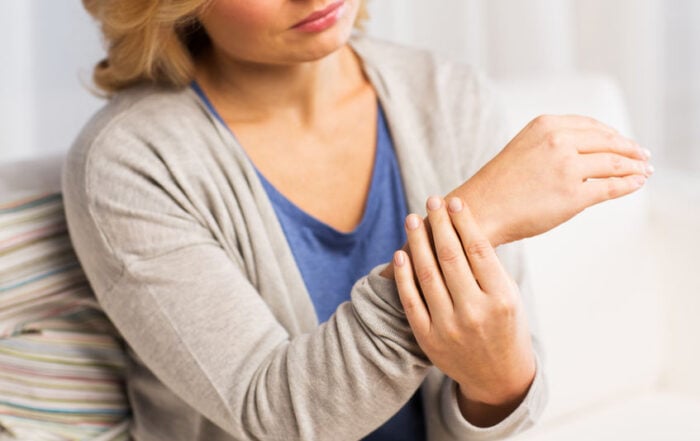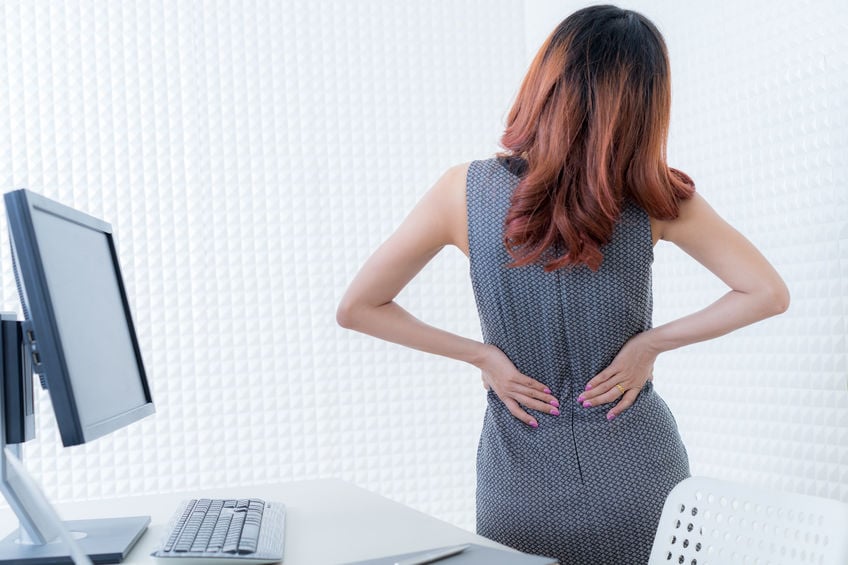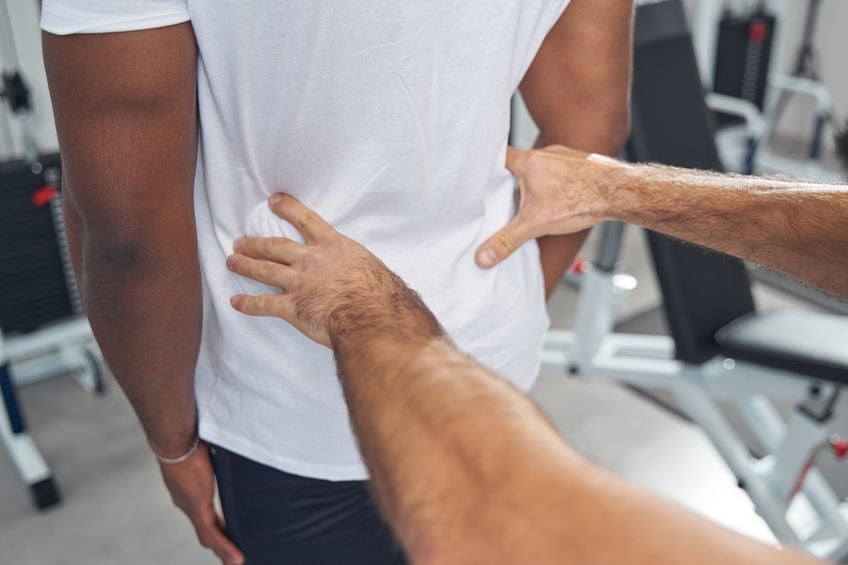A Brief On Sesamoids And Sesamoiditis
Bones are usually attached to other bones, but some bones known as sesamoids are connected to the tendons. Sesamoiditis is the inflammation of the sesamoids seen in the ball of the foot. Sesamoiditis occurs due to overuse and is seen in runners, dancers, and athletes.
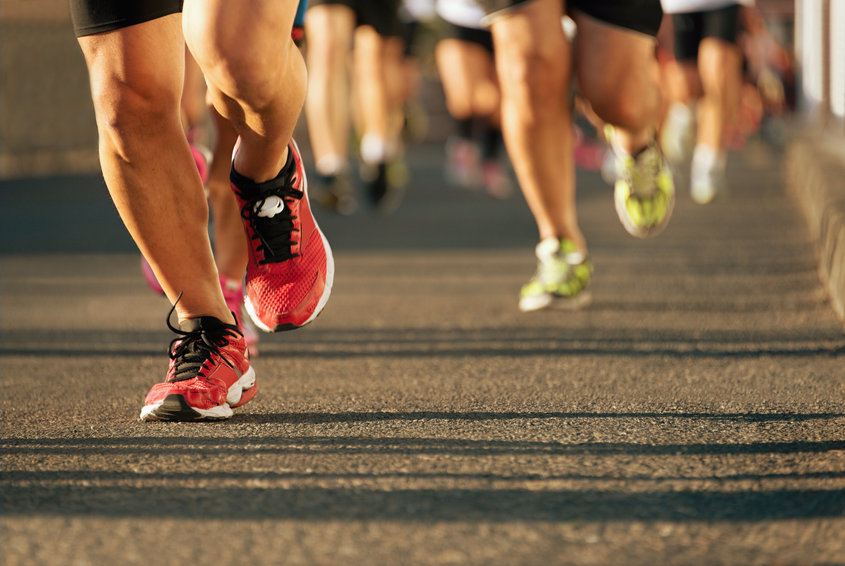
What does a patient feel?
The type and severity of signs and symptoms differ from person to person. The usual symptoms include pain beneath the big toe, swelling, bruising, redness, difficulty bending, and limited walking ability. There may also be limited ability to straighten the affected part. The pain is dull and slowly develops with restricted ability to walk. If there is a fracture, the pain will appear sooner.
Ways to relieve sesamoiditis
The common conservative treatments include rest, ice application, elevation, and restricting activities. Some therapies such as physical therapy and soft tissue therapy, may be helpful. Medications such as non-steroidal anti-inflammatory drugs (NSAID) and steroid injections may be recommended by the doctor. According to the patient’s condition, the healthcare provider would advise the suitable conservative treatment.
When to consider sesamoidectomy
In most cases, conservative treatment helps relieve the symptoms but surgery may be considered in a few cases. The doctor may recommend surgery when conservative treatments fail or with chronic cases. A study showed that surgery was helpful for most patients, which helped resume normal activity. However, there are risks to sesamoidectomy, such as claw toes deformity and cock-up deformity. Before considering an operation, the doctor will explain the procedure, associated risks, and benefits and answer any concerns.
Recovery time and prognosis
The recovery time depends on the severity of the sesamoiditis. The mild cases heal within a few days, while the severe cases take longer to heal, especially the operated ones. In most situations, sesamoiditis will recuperate quickly and also, keeping in mind to avoid activities for some time. There is a chance that sesamoiditis may recur or even cause lasting damage if ignored. The doctor will provide instructions during treatment and post-surgery, which are important to follow.
Are there any available preventive methods?
There are ways to prevent the risk of experiencing sesamoiditis. Some of these include wearing proper and comfortable shoes or wearing custom orthotics. Another way is not to overuse the feet and rest as soon as pain is felt. Applying conservative treatments such as ice without delay may help when pain is felt. Discuss with the healthcare provider about suitable preventive methods to avoid sesamoiditis.
Can Lower Back Pain Return After Spinal Surgery? 3 Lifestyle Changes To Get The Most Out Of Fusion
Minnesota Valley Valley Center2024-04-02T14:49:38-05:00April 15th, 2024|
Spinal surgery is an excellent solution for lower back pain, but symptoms can return. With lifestyle changes, patients can get the most out of fusion.
A New Lease On Life: Exploring How Robotic Total Joint Replacement Can Get You Active Again
Minnesota Valley Valley Center2024-03-24T17:38:47-05:00March 29th, 2024|
Robotic total joint replacement uses a robotic arm to replace the joint. This innovative approach allows a quick return to activities.
Restoring Dexterity: How Outpatient Carpal Tunnel Surgery Can Change Your Life
Minnesota Valley Valley Center2024-03-24T17:38:37-05:00March 15th, 2024|
After months of wrist and hand pain, carpal tunnel surgery may be needed. With outpatient options, restored dexterity with less pain and discomfort is possible.
More Articles from MVSC
January 30, 2024
There are many options for hip arthritis before surgery. These options include physical activity, lifestyle modifications, and medications.
December 28, 2023
Most doctors prefer to avoid spinal surgery if possible. With epidural spinal injections, patients can experience long-term pain relief.
November 7, 2023
Sacroiliac joint pain can be alleviated through radiofrequency ablation, which uses radiofrequency signals to disrupt pain signals in nerves.
September 5, 2023
Tennis elbow is a common but painful chronic condition affecting the arm. For some people struggling, elbow arthroscopy may be the answer.


